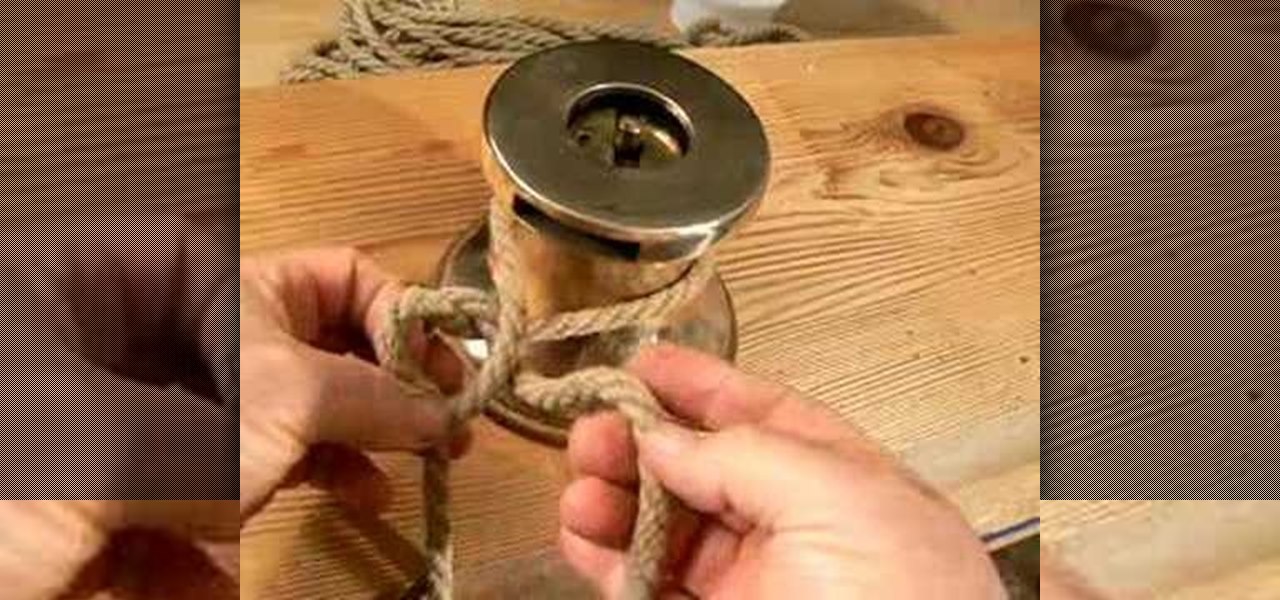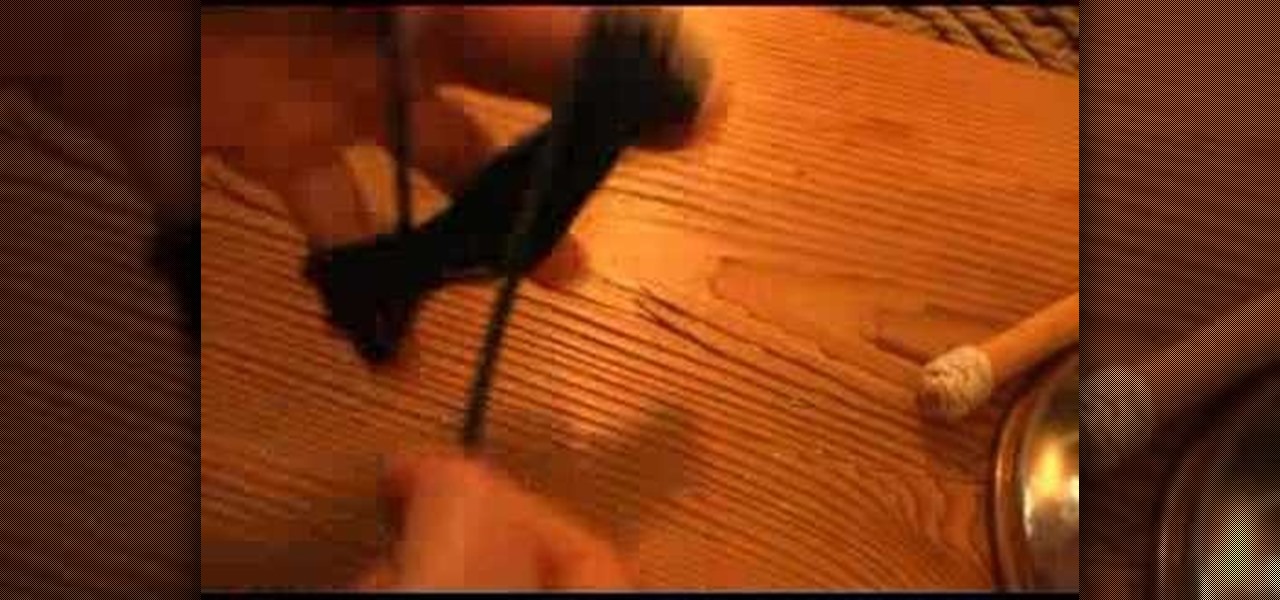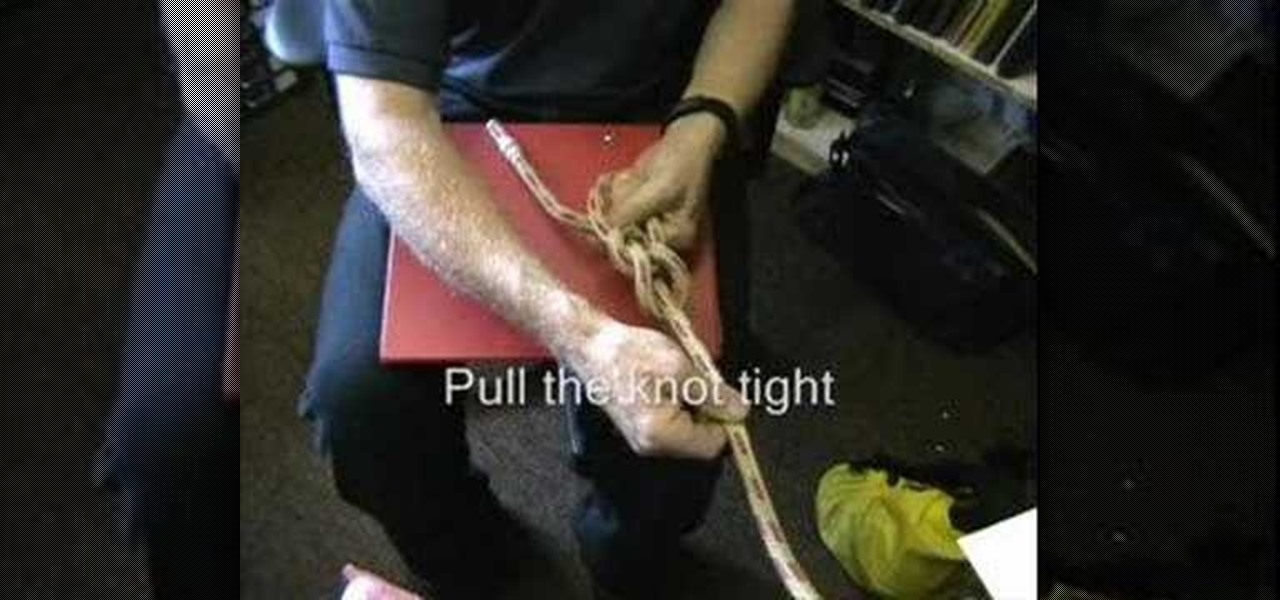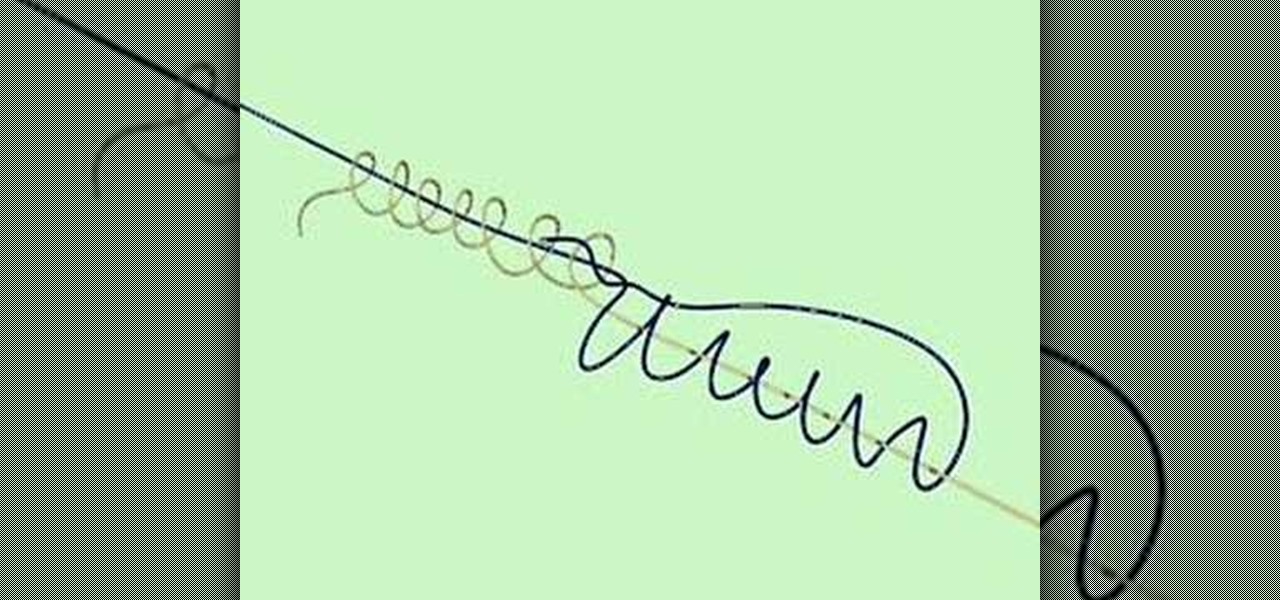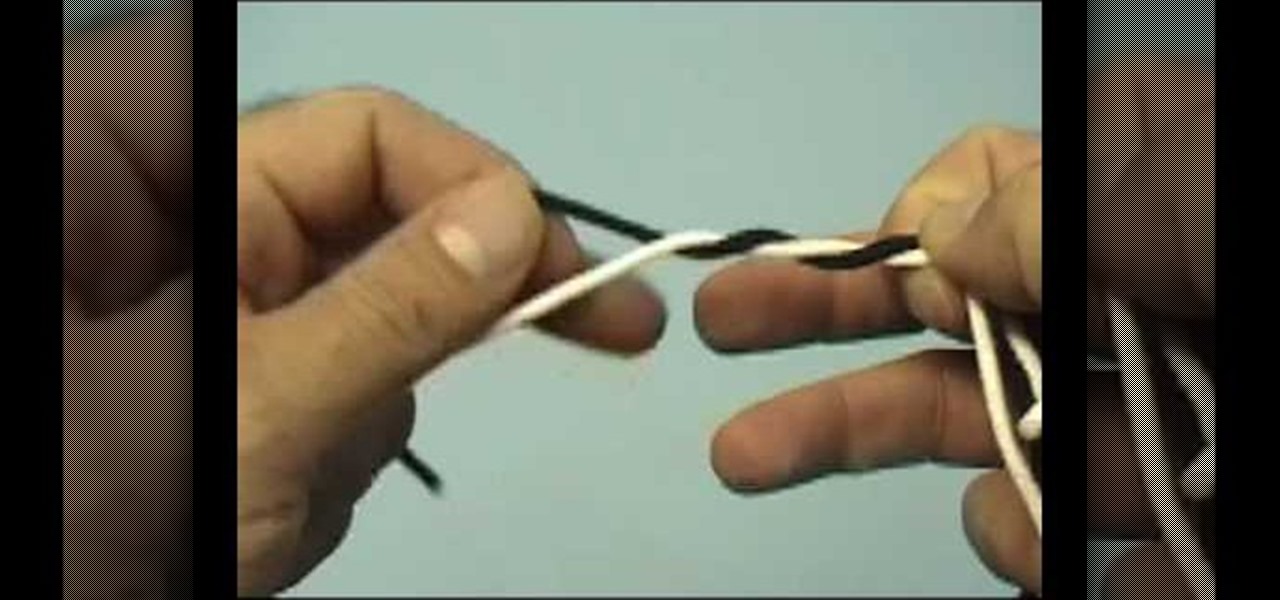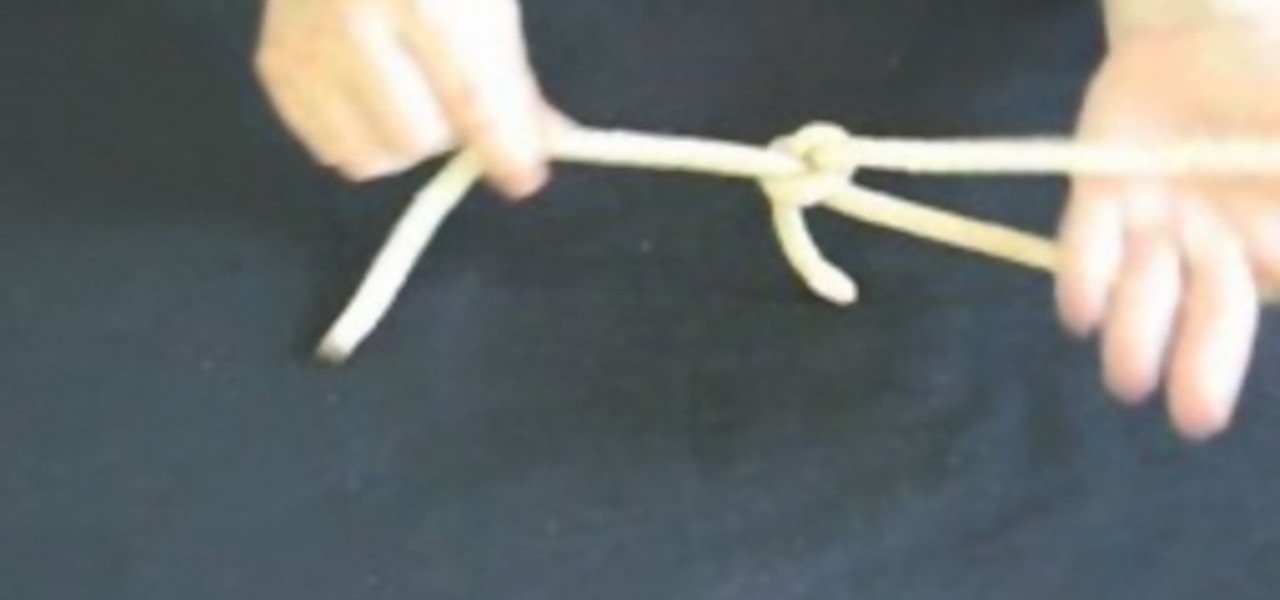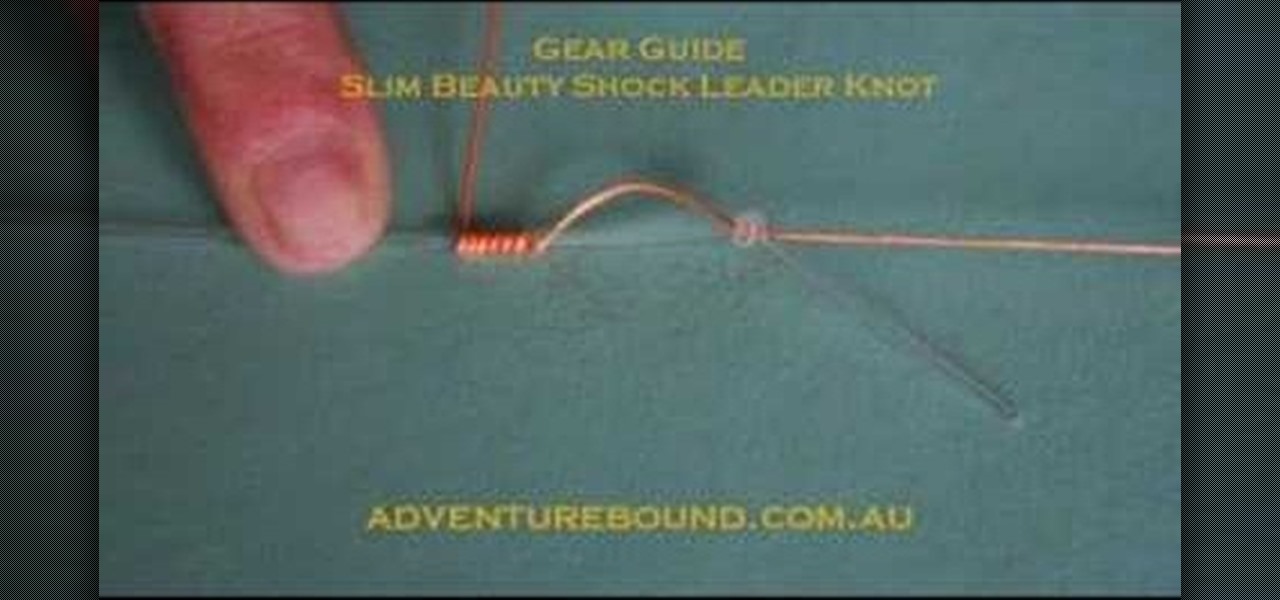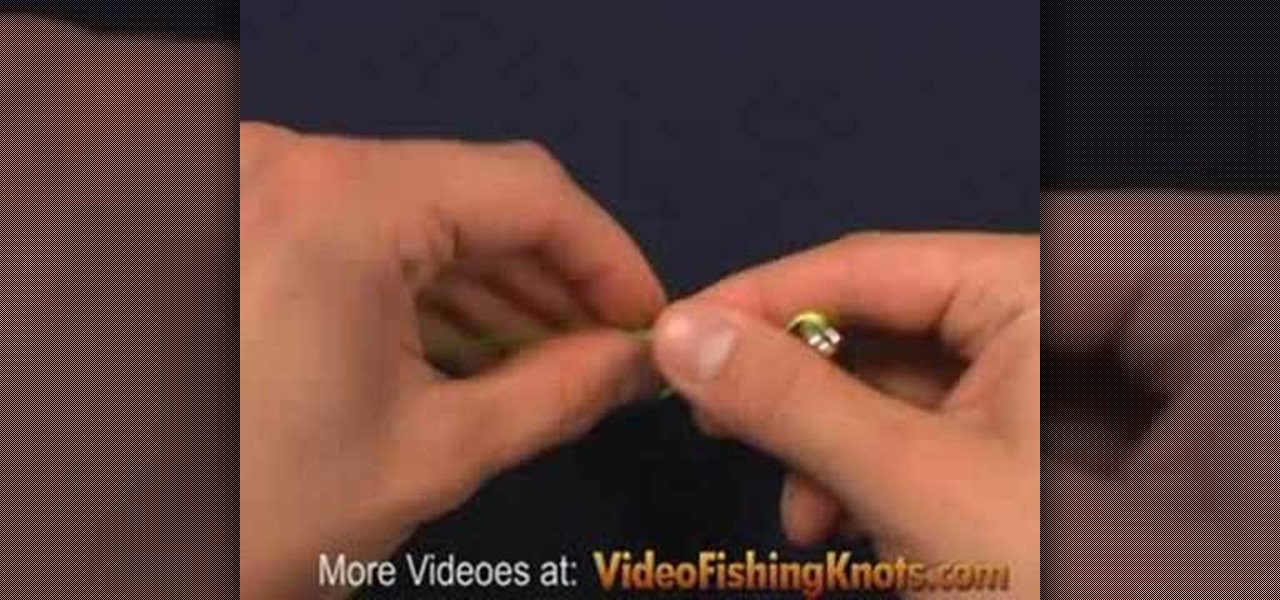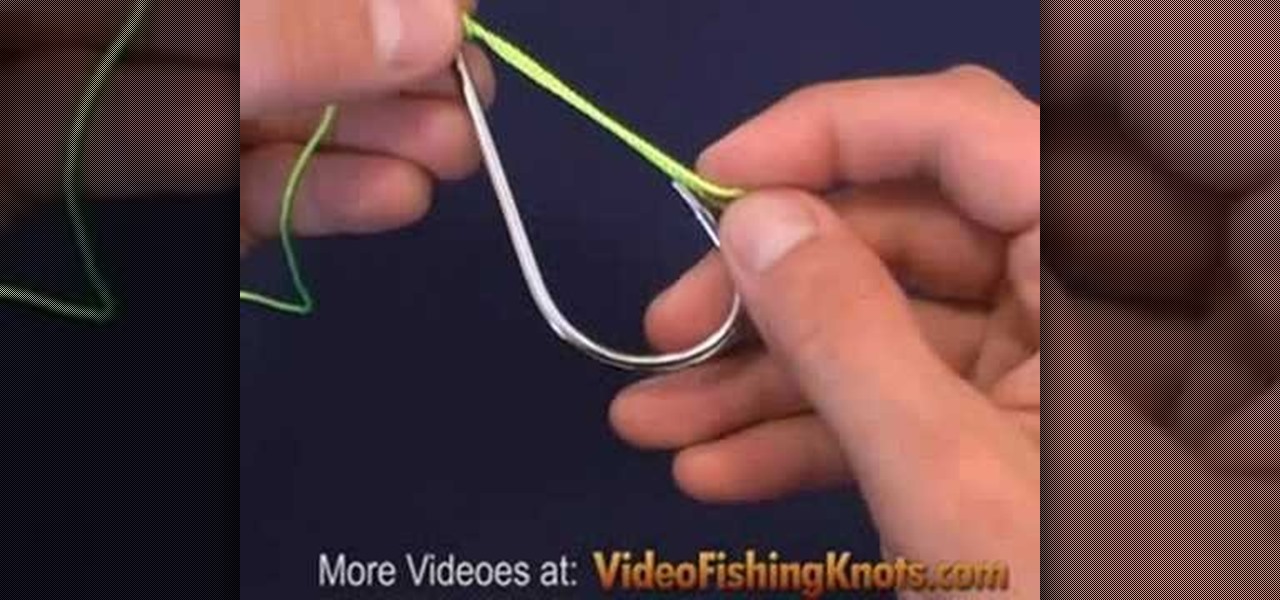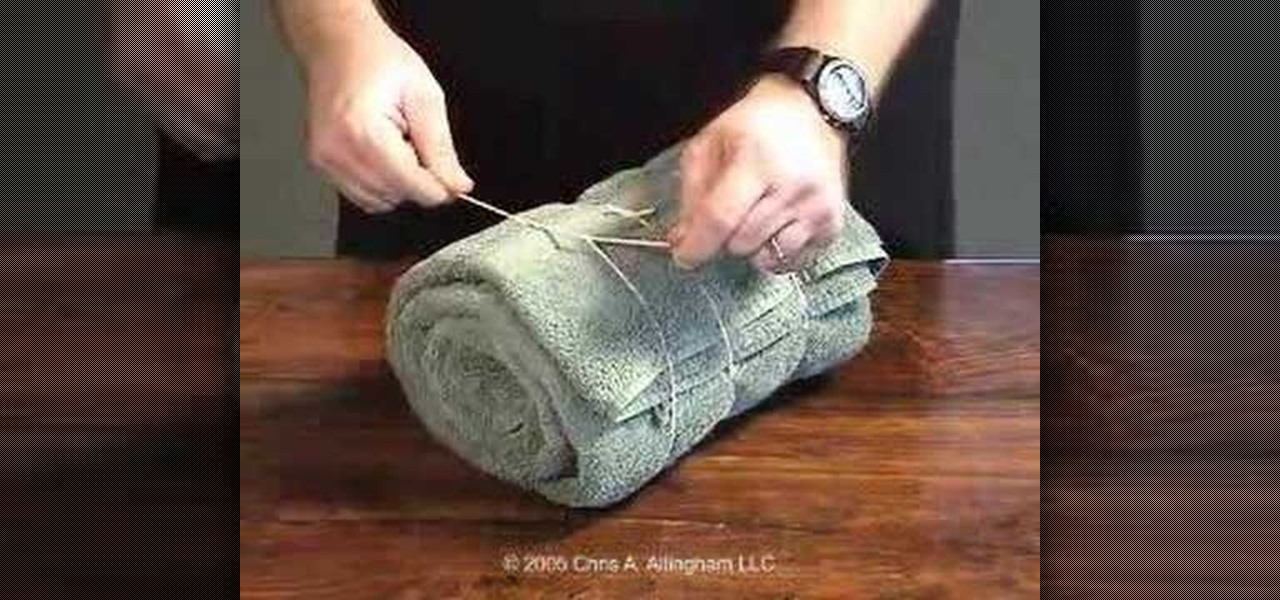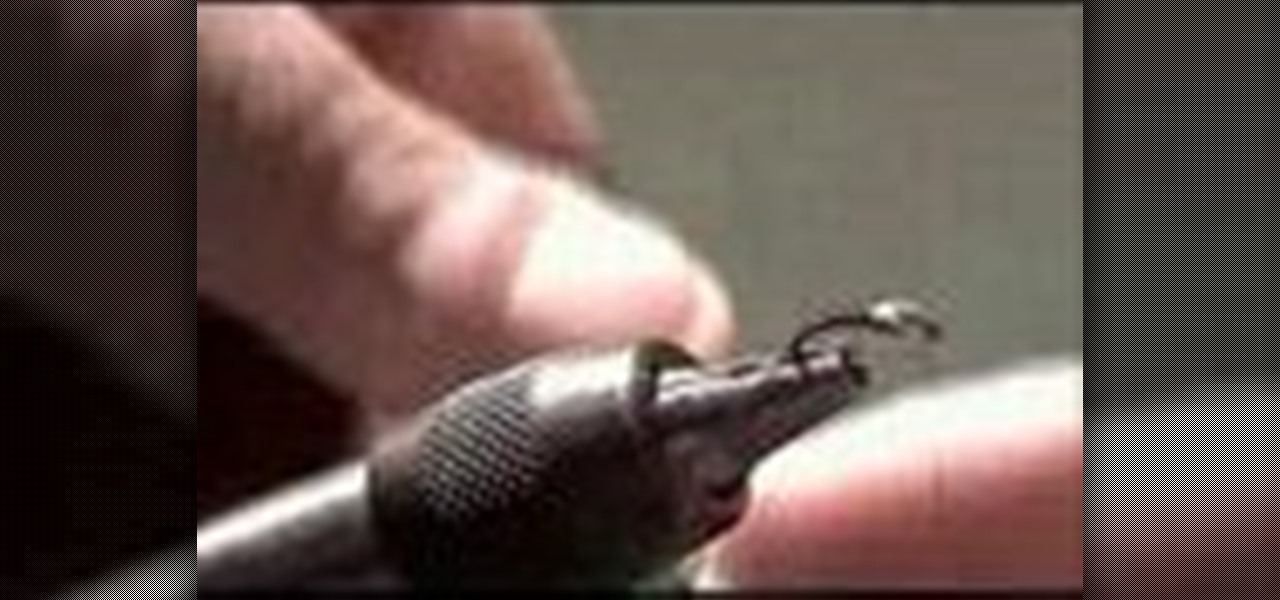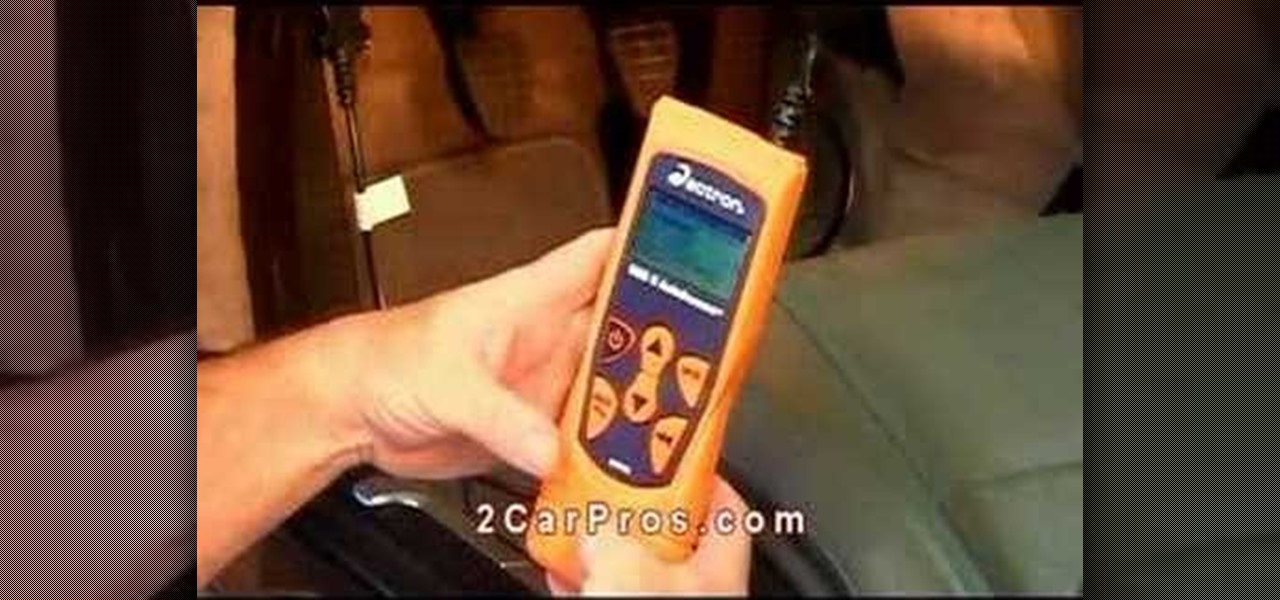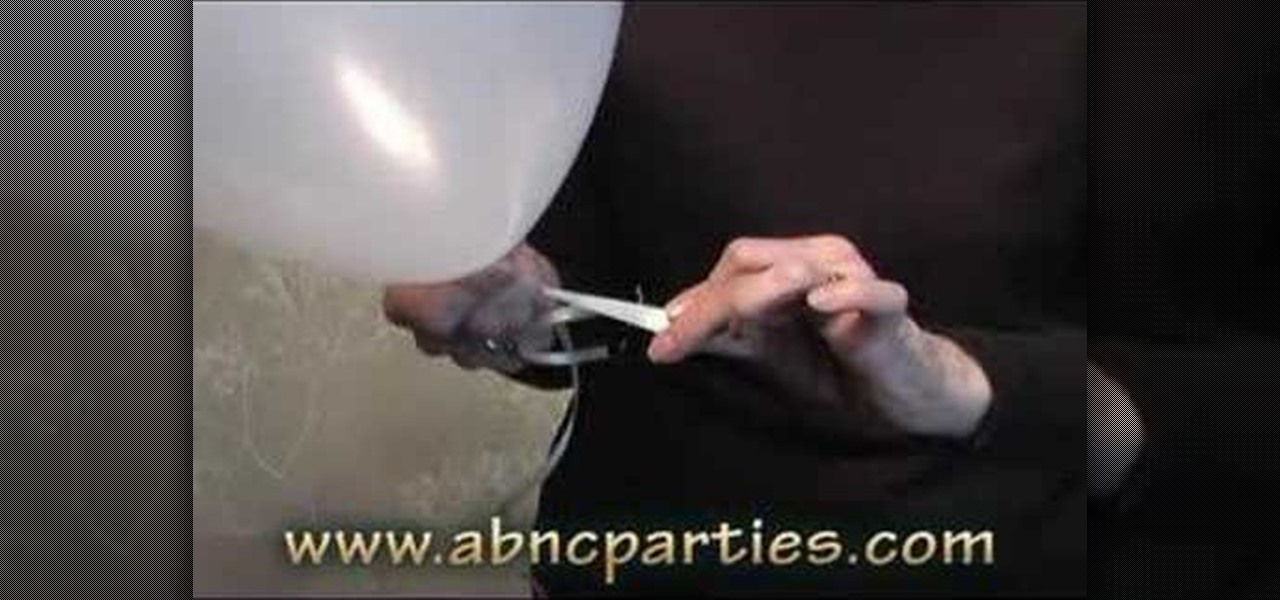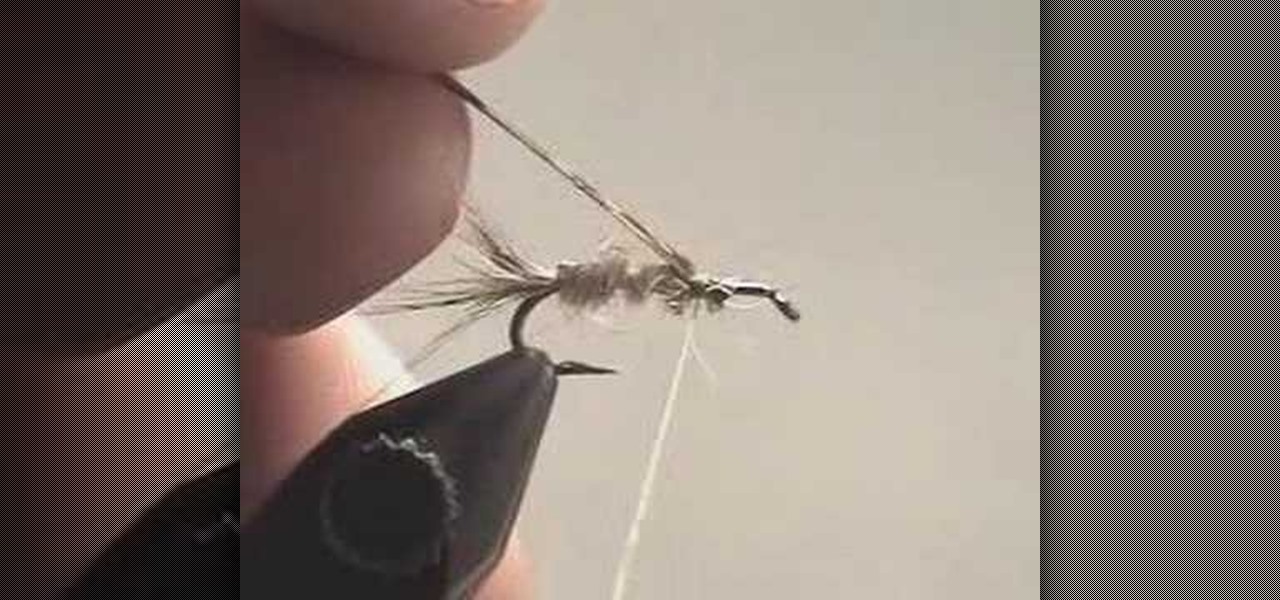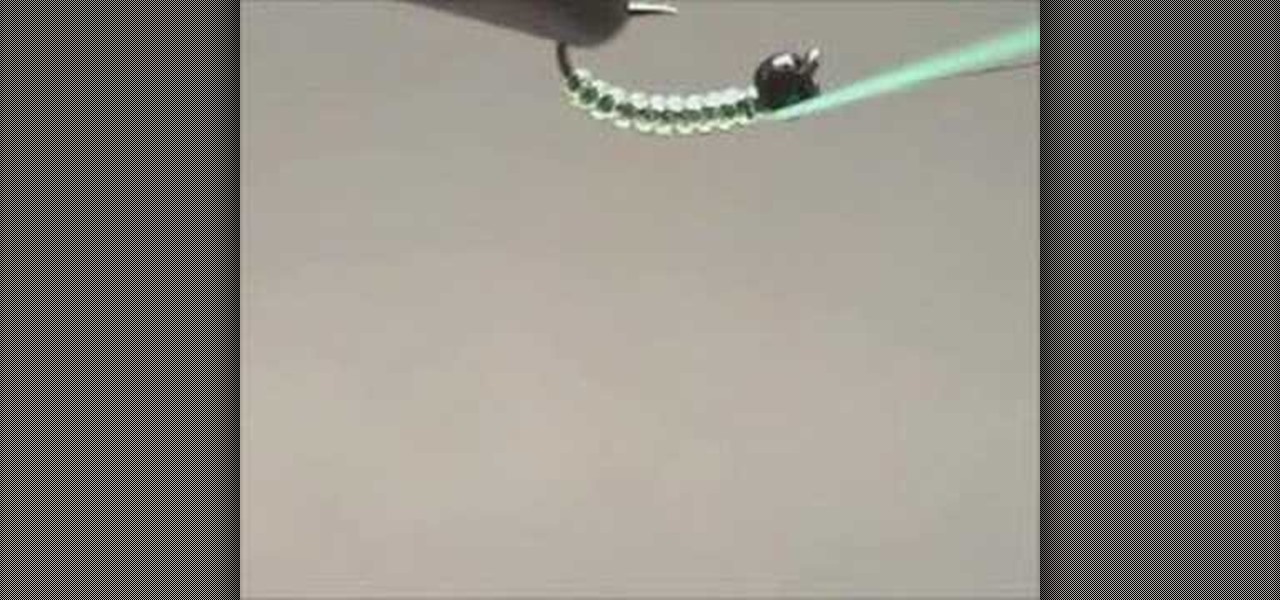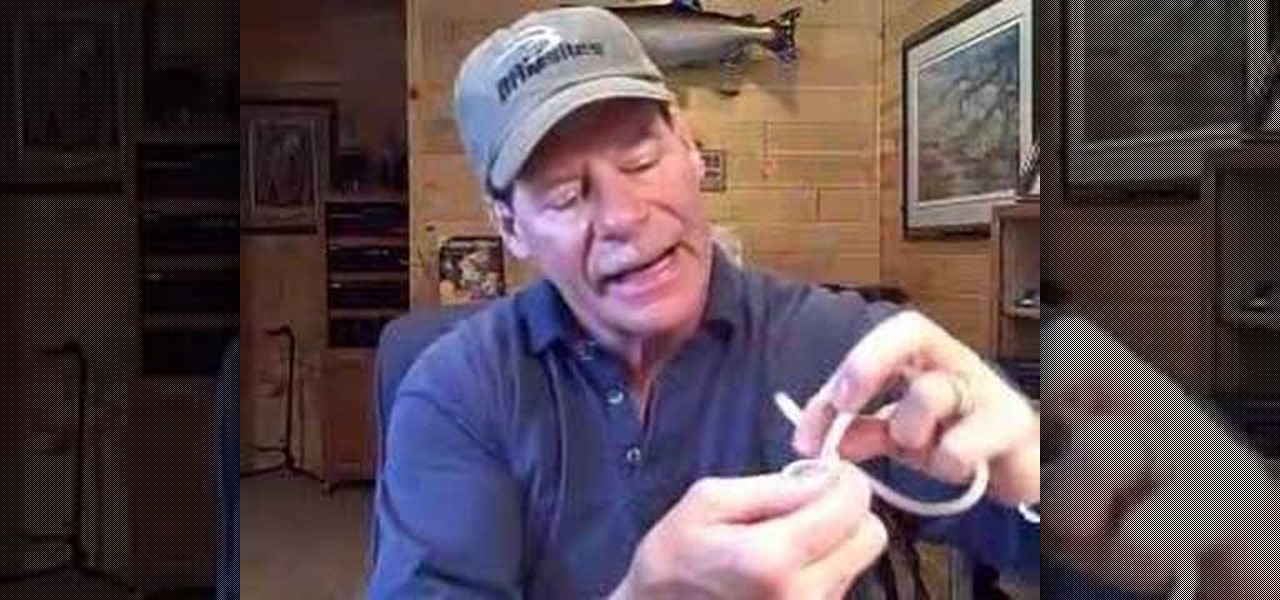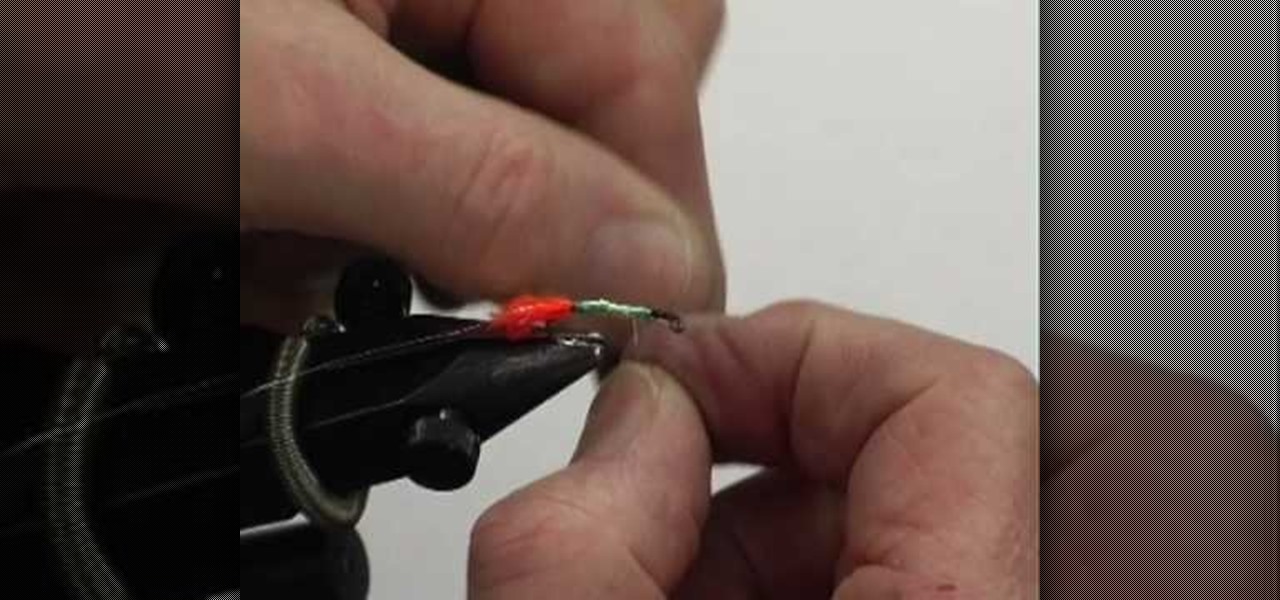
Stay warm and look chic this winter with a few simple scarf-tying tricks. You will need a rectangular scarf or a pashmina. Tip: If you are using a pashmina as a scarf, fold it in half width wise first. When tying the scarf, experiment with the placement of the knot until you find a place you like. Watch this howcast video to learn how to stylishly tie a scarf this winter.

This how-to video goes over basic surgery techniques for third year medical students. The knot tying demonstrated in this video are vital to any surgical rotation. Follow along and learn how to tie square knots. This square knot presentation is demonstrated by the UMD School of Medicine.
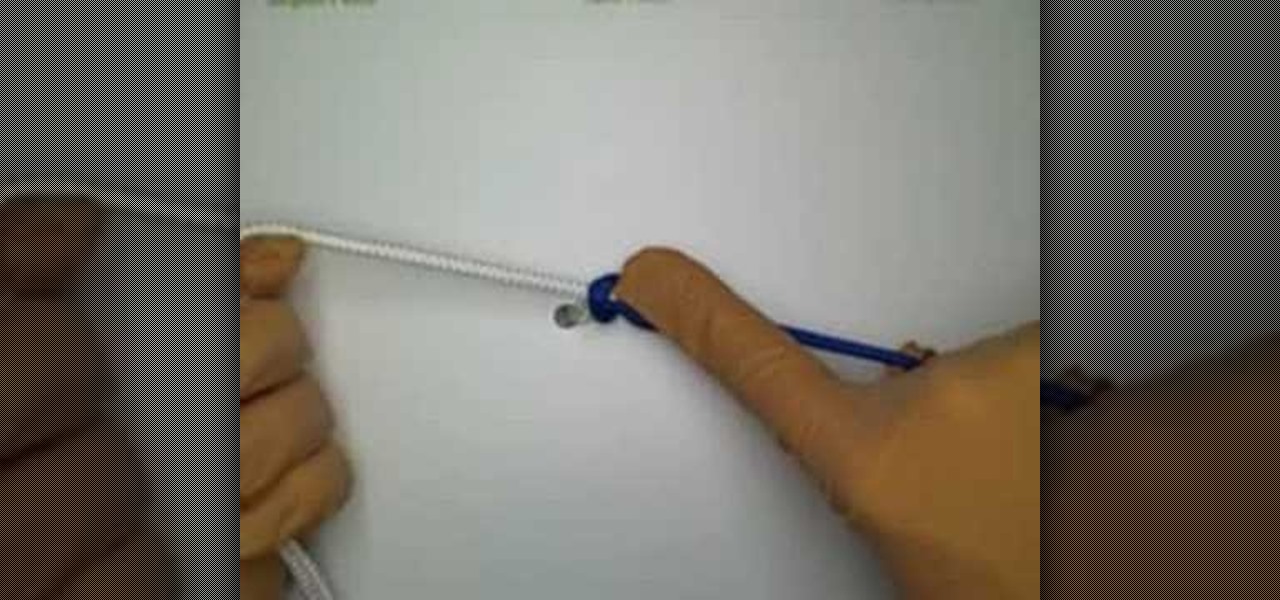
An important part of surgery is knowing the various types of closures to perform. This medical how-to video demonstrates how to do a one-hand tie for suturing. Follow along and learn the special technique for doing the one-handed tie for suturing in the operating room.
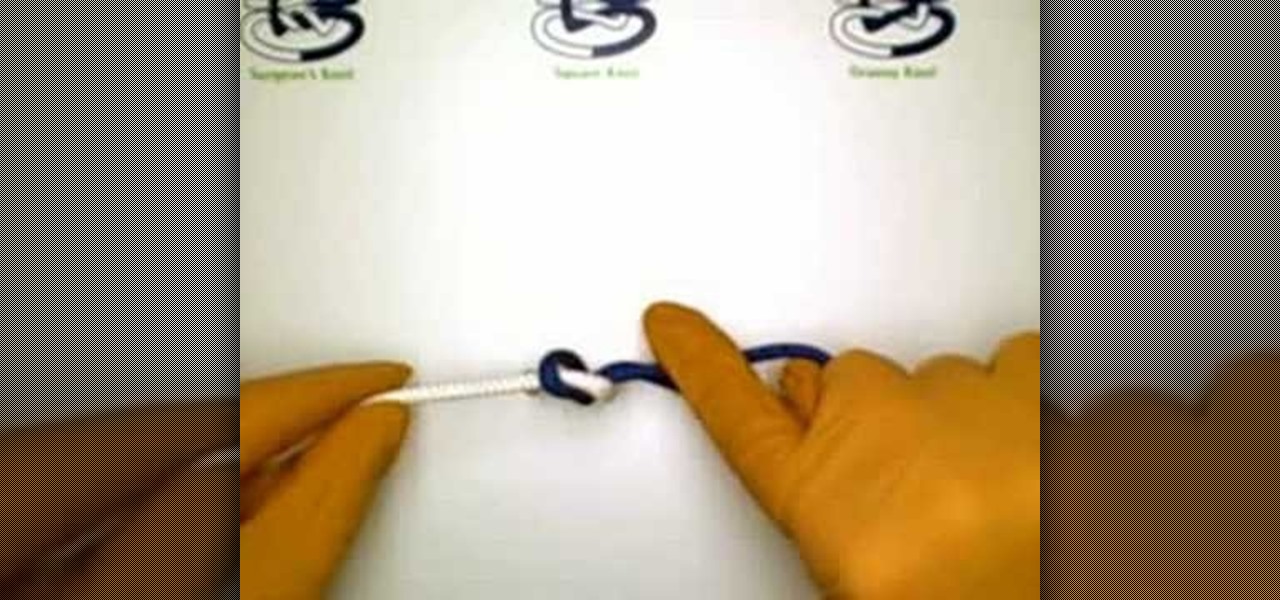
An important part of surgery is knowing the various types of closures to perform. This medical how-to video demonstrates how to do a two-hand tie for wound closure. Follow along and learn the special technique for doing two-handed tie wound closures for surgery.
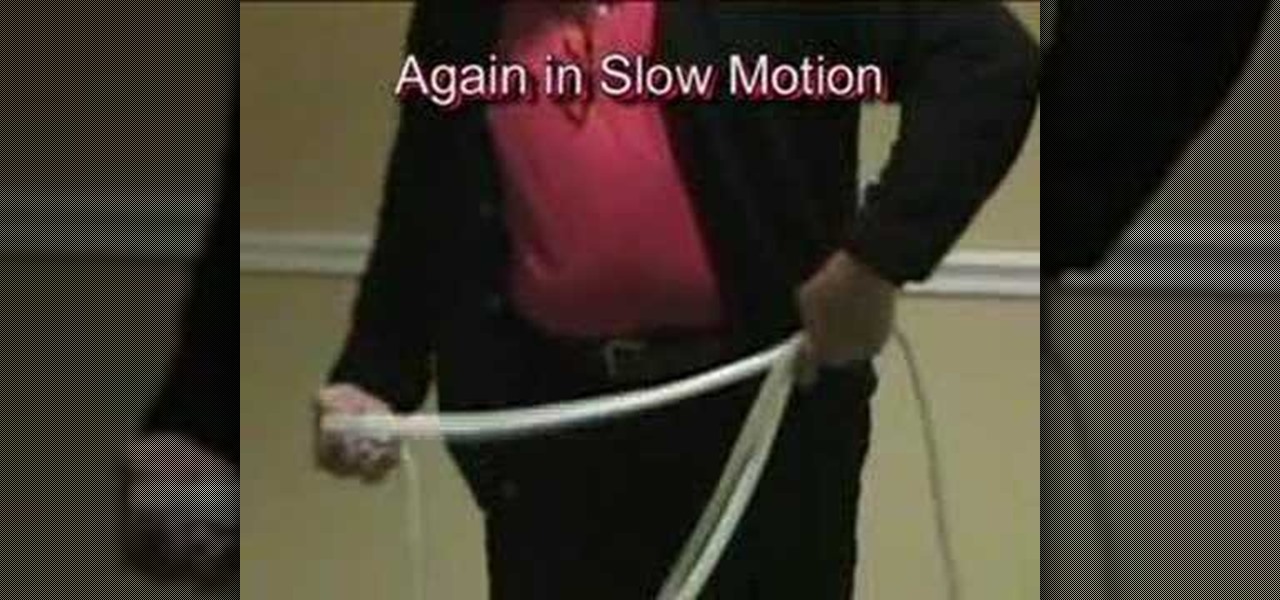
The sheepshank knot is used to take up slack on a line. In this instructional boating video, Capt. Jerry Smith of TowBoatUS Charlotte Harbor demonstrates how to tie the sheepshank knot at this year's towing convention. Improve your knot tying skills by watching this boating tutorial video.
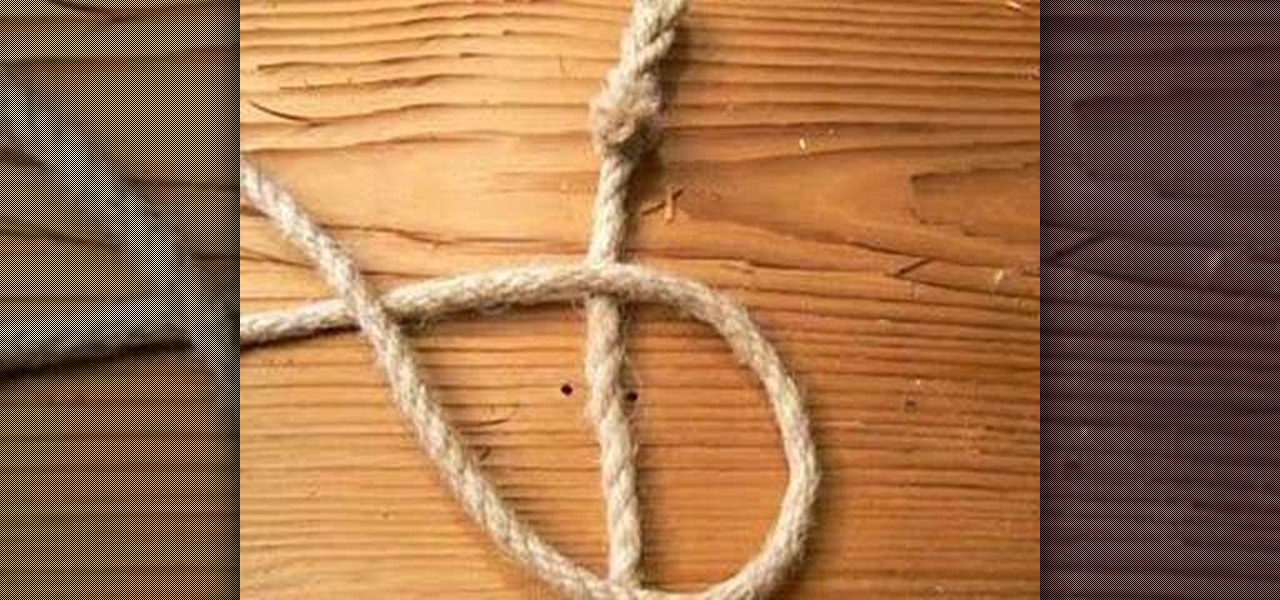
A bend knot joins two ropes or lines. The carrack or carrick bend is generally used on large diameter lines of the same size. Watch this video knot-tying tutorial and learn how to tie a carrick bend knot.

Hitches are knots that are relatively adjustable, so they're not usually used for intense securing. The highwayman's hitch, as demonstrated in this how-to video, comes untied very quickly and easily by pulling on the release loop. Watch this video knot-tying tutorial and learn how to tie a variant of the highwayman's hitch knot.

The Marshall's Snare is a compact knot that is both quick and easy to tie. It works best for up or- down-turned hook eyes. The knot will not exceed the eye and can therefor be used by fly fishermen for attaching flies to the leader when a delicate presentation is important. Follow along with this fishing how-to video and learn how to tie the Marshall's snare fishing knot.

The method of rope handling demonstrated in this how-to video came from the Japanese. Pirates during the warring states period used such bundles to secure prisoners among other shipboard duties and the bundle stays alive today in hojujitsu. A few fathoms of paracord in a pocket and a handier tool aboard a boat would be hard to find. Watch this video knot-tying tutorial and learn how to tie a paracord bundle.

A bowline knot can tighten up really easily, in such a way that it's a headache to get the rope untied. The slip bowline knot, however, has a pull tab that releases the knot when you're ready. Watch this video knot-tying tutorial and learn how to tie a slip bowline knot.

This how-two knot-tying video has been created by Paul Collingridge of Guildford College. It is used as an instructional video for tree surgery students. Bowline knots are useful for boating, rock-climbing, and any time a relatively strong looped end is needed. Check out this video survival-training tutorial and learn how to tie a bowline knot.

The blood knot, as demonstrated in this how-to video, is one of the best knots in fishing, recommended by most pros through out history. A blood knot is good for joining sections of monofilament without losing any of the strength of the fishing line, making it ideal for larger fish fishing, like bass. Watch this video knot-tying tutorial and learn how to tie the blood knot when bass fishing.

When fly-fishing, use the blood knot, as demonstrated step-by-step in this how-to video, to add additional tippet to the leader. A blood knot is most often used to join sections of monofilament without losing the strength of the line. Watch this video knot-tying tutorial and learn how to tie the blood knot for fishing.

This simple noose can be done quickly and is ideal for trapping small game. This video serves as a step by step detailed guide on how to tie it. Shown in two ways, a simple one and a more involved way that makes the rope and noose move more easily. Watch this video hunting tutorial and learn how to tie a looped knot noose for trapping animals and game.

The seaguar knot, as demonstrated step by step in this video guide from Curtis Owens of Performance Tackle, is a braided connection of monofilament line. The seaguar knot is named after one of the largest producers of fluorocarbon fishing line. Watch this video knot-tying tutorial and learn how to tie a seaguar knot for fishing.

The slim beauty shock leader knot connects monofilament line to a heavier leader, that retains most of the original line's breaking strain. This knot was created to be strong, but cast to put together. Watch this video knot-tying tutorial and learn how to tie a slim beauty shock leader knot for fishing.

The improved Albright leader knot is a bend knot (a knot using two pieces of line) used in angling or fly fishing. The improved Albright leader knot is smooth and can pass through guides. Watch this video knot-tying tutorial and learn how to tie an improved Albright leader knot for fishing.

The Paragun Knot is also know as the uni knot. It is a great multi purpose knot that can be used with all line types but you will need more wraps with braided lines. The paragun knot is commonly used for attaching lures, swivels and hooks to the line. Watch this video knot-tying tutorial and learn how to tie a paragun knot for fishing.

The Palomar Knot is both quick an easy to tie. It is also very strong and therefor a very popular fishing knot. The only downside is that the palomar knot uses a little more line than other similar fishing knots. So if used in a tapered leader it will shorten the line more quickly. But when the palomar knot is used with small lures, hooks and swivels it is superior to many other fishing knots for being quick, easy and very strong. Also the palomar is so simple that it can be tied in the dark....

Tie a roast to allow it to cook more evenly. Watch this how to video and learn how to use kitchen twine to tie a roast prior to cooking. Practice your skill on a towel before moving on to a roast.

Are you a fly fishing enthusiast? Check out this video and learn how to tie the WD40, Trout Predator Online's September Fly of the Month. Aaron Jasper goes through the process of tying this trout catching fly in this tutorial.

Watch this automotive video tutorial to see how to scan your automobile for diagnostic trouble codes.

You can tie a balloon and ribbon together in one step when decorating a party room or event. Whether for a birthday party, bar/bat mitzvah, anniversary or holiday, this one-step process saves you time and avoids using plastic or other clips. Thus it is friendlier to the environment. So start watching this how-to video to learn how to tie a balloon onto a ribbon.

Watch this video to learn how to tie and twist a balloon. These are the two most basic steps of balloon tying and are used in all balloon designs. If your a beginner this is were you should start.

Kick yourself back in time and try on some groovy tie dyeing for size. It's easy, fun for the whole family, and the tie dye looks great.

Watch this video for a narrated step by step on tying the Hare's Ear Nymph fly

Watch this video for a narrated step by step on tying the CL(caddis Larvae)

Learn how to make this excellent knot to tie for fly fishing and tying flies to tippets or simply any lure to monofiament line.

If you want to know how to correctly tie ribbons on your pointe shoes, check out this video to learn one of the many ways the ribbons can be tied. Give it a try!

Fly Tying lesson 12 for beginners. In this fly tying tutorial Dave Cammiss demonstrates a "Woolley Bugger".

Fly Tying lesson 11 for beginners. In this fly tying tutorial Dave Cammiss demonstrates a "Cormorant".

Fly Tying Lesson 10 for Beginners. In this fly tying tutorial Dave Cammiss demonstrates 'The Stickfly'.

Fly Tying Intermediate Lesson 3. This lesson shows what you need and how to make your own fishing flies. In this fly tying tutorial Dave Cammiss demonstrates a 'Klinkhammer'.

Fly Tying Intermediate Lesson 2. This lesson shows what you need and how to make your own fishing flies. In this fly tying tutorial Dave Cammiss demonstrates a 'Booby'. This fly is most often used in the British Isles and is also known as Plastazote Pills.

Fly Tying Lesson 9 for Beginners. This lesson shows what you need and how to make your own fishing flies. In this fly tying tutorial Dave Cammiss demonstrates a 'Minkie'.

Fly Tying Lesson 8 for Beginners. This lesson shows what you need and how to make your own fishing flies. In this fly tying tutorial Dave Cammiss demonstrates a 'Soldier Palmer' and the 'Zulu'.

Fly Tying Lesson 7 for Beginners. This fly fishing lesson shows what you need and how to make your own fishing flies. In this fly tying tutorial Dave Cammiss demonstrates a 'Partridge and Orange' and the 'Greenwells Glory'.

Fly Tying Lesson 6 for Beginners. This lesson shows what you need and how to make your own fishing flies. In this fly tying tutorial Dave Cammiss demonstrates a 'Montana Nymph'.

Fly Tying Lesson 5 for Beginners. This lesson shows what you need and how to make your own fishing flies. In this fly tying tutorial Dave Cammiss demonstrates a 'Cats Whisker'.

Fly Tying Lesson 3 for Beginners. This lesson shows what you need and how to make your own fishing flies. This fly tying tutorial from David Cammiss demonstrates a 'Gold Ribbed Hare's Ear'.








